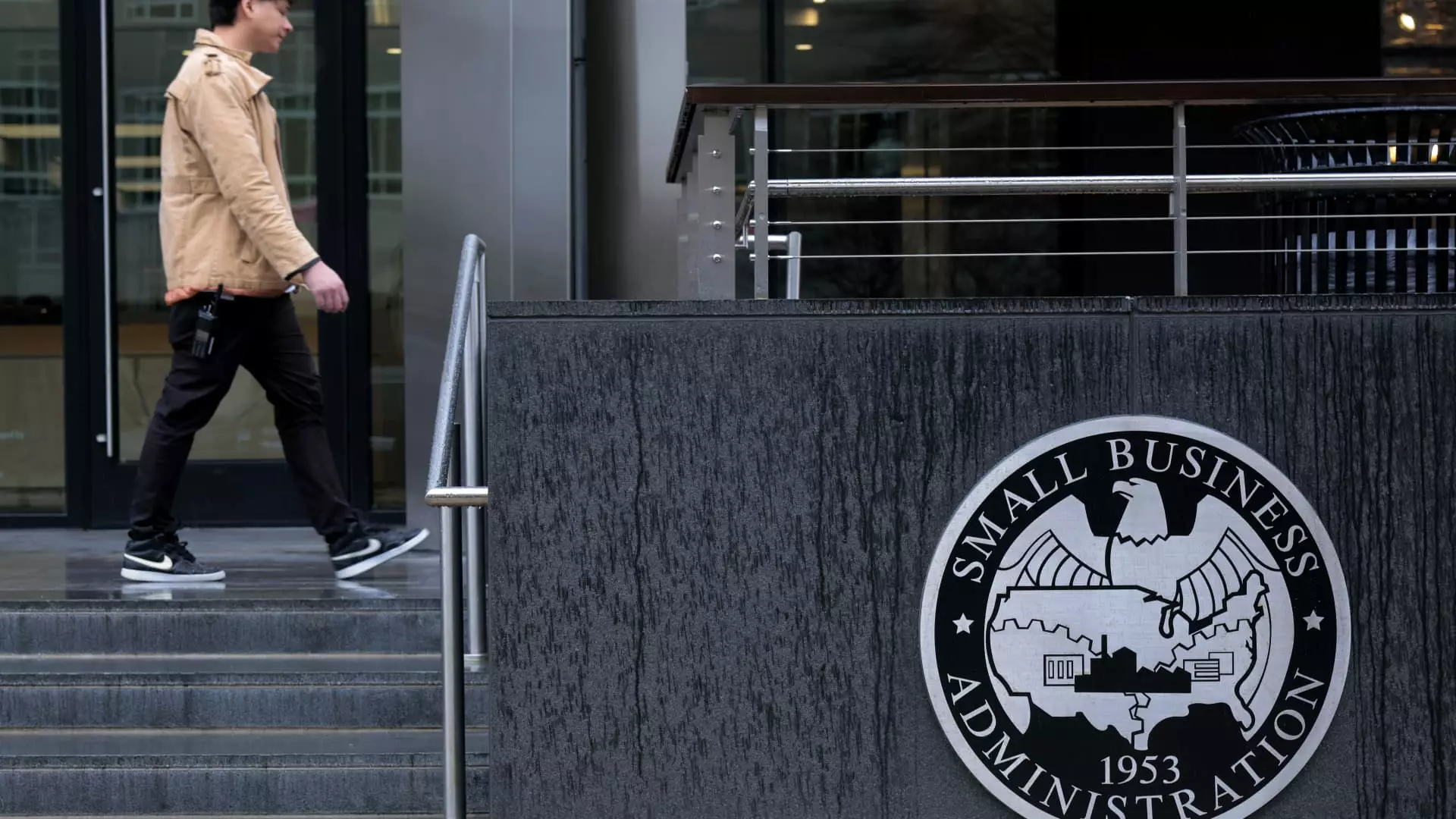The recent judicial ruling that blocked President Donald Trump’s impulsive plan to transfer the management of the nation’s $1.6 trillion student loan portfolio from the U.S. Department of Education to the Small Business Administration (SBA) has sparked a broader debate about government efficacy and overreach. With a federal judge’s preliminary injunction firmly stating that such a drastic reshuffling was not just imprudent but unlawful, the implications of this decision ripple far beyond mere bureaucracy.
This incursion into education policies brings to light a question increasingly pertinent in American politics: Are we willing to jeopardize the stability and integrity of vital services for the sake of political expedience? The overthrowing of the established order by transferring over 40 million student loan accounts to an agency ill-equipped for such a challenge is not merely misguided; it could be catastrophic for countless borrowers.
Efficiency or Ineptitude?
Madi Biedermann, deputy assistant secretary for communications at the Education Department, denounced the ruling as an act of radical judicial overreach. Labeling the judge as “far-left,” she dismissed legitimate concerns regarding the potential chaos of the transfer. But her defensive rhetoric misses a critical point: efficiency in governance must not come at the cost of the effectiveness of essential programs designed to support students.
Sarah Sattelmeyer of New America aptly pointed out that rather than streamlining operations, such a transfer would lead to confusion, undermining initiatives that many students rely upon. When you think about it, the SBA’s expertise lies in small business management, not in student financial aid—which raises valid questions. Could an agency predominantly concerned with economic growth truly serve the nuanced needs of educational borrowers? It’s a gamble that students cannot afford to take.
Moreover, the disturbing reality is that the very structure that supports student loans is regulated by the Higher Education Act of 1965. This Act clearly delineates the responsibilities of the Education Department’s Federal Student Aid office. Accordingly, any mass transfer requires not only erratic decisions by the executive branch but also an act of Congress—an avenue that seems highly unlikely in a polarized legislature.
Risking Borrower Protection
Consumer advocates express legitimate fears about the ramifications of such a migration. The real-life consequences of bungled transfers between servicers have already wreaked havoc on borrowers, resulting in lost records and compromised privacy. If a portfolio of this magnitude were to shift agency hands without proper vetting and preparation, the risks multiply exponentially—exposing vulnerable borrowers to a hodgepodge of errors and potential violations.
Furthermore, essential programs like the Public Service Loan Forgiveness may be placed in jeopardy. Such programs are critical for public servants—teachers, nurses, social workers—who dedicate their lives to serving others. A destabilization of their protections under a new management structure run by individuals with little insight into their needs and experiences could be devastating.
The Reality of Overhaul
Let us not forget that the proposed transfer was announced alongside plans to reduce the SBA’s workforce by 43%. This shocking acknowledgment illustrates a larger issue: the administrative trend of cutting resources rather than bolstering service capabilities. How could a diminished workforce possibly manage the sheer volume and intricacies of federal student loans?
This is not merely about bureaucratic inefficiencies; it is a question of values. The intersection of education and financial responsibility should be a priority that transcends party lines. Yet, here we are witnessing a reckless attempt to mold one agency into something it is not equipped to handle, driven merely by a political agenda instead of genuine reform.
In navigating the behemoth that is the student loan crisis, rather than fanning the flames of chaos, the focus should be on enhancing existing structures. The consolidation of federal programs while safeguarding borrower interests is not just pragmatic; it is essential for nurturing a better and brighter future—a shared responsibility among lawmakers, educators, and, importantly, the very borrowers they seek to serve.

